How do you go from not being a cyclist, to spinning classes, to cycle commuting …to racing?! Back in 2015, cycle commuting became impossible for me due to moving house but I compensated at the time with spinning classes for my cycling training.
Somehow though, I don’t feel that commuting or spinning can fully get you ready for taking part in a cycling event, sportive or triathlon even. So I decided to reach out to the most cycle-ey person I knew at the time, Ellie Gilham.
To add to Ellie’s tips, I’ve got some more expert advice from Raya Hubbell – cycling coach, influencer and Cetaphil Ambassador – on how to improve performance when cycling whether it be for fitness, pleasure or competition.
Meet The Expert – Ellie Gilham
At the time, Ellie was in the midst of a degree in Sport and Exercise Science at the University of Bath whilst working with me, on work placement at The Altitude Centre in London.
Since learning to ride a bike at the age of 4 Ellie spent the vast majority of her spare time on two wheels. She had her first session at Calshot velodrome aged 9, where she ‘got the bug’.
Ellie continued practicing her track riding skills till she reached the age of 12 and began training more seriously, spending many hours out riding around the Dorset lanes with her Dad (a.k.a her guide, bodyguard and mechanic); it was at this time that Ellie also started to compete.
As a youth and a junior Ellie has competed in road and track disciplines at a National Level with Primera Race Team (part of Primera Sports), often racing against some of the worlds best female cyclists such as Dame Sarah Storey, Laura Trott and Elinor Barker to name but a few.
As well as this, Ellie recently gained her Level 2 Cycling Coach qualification with the aim to complete higher levels of coaching qualification in order to help others achieve their cycling goals.
Meet The Expert – Raya Hubbell
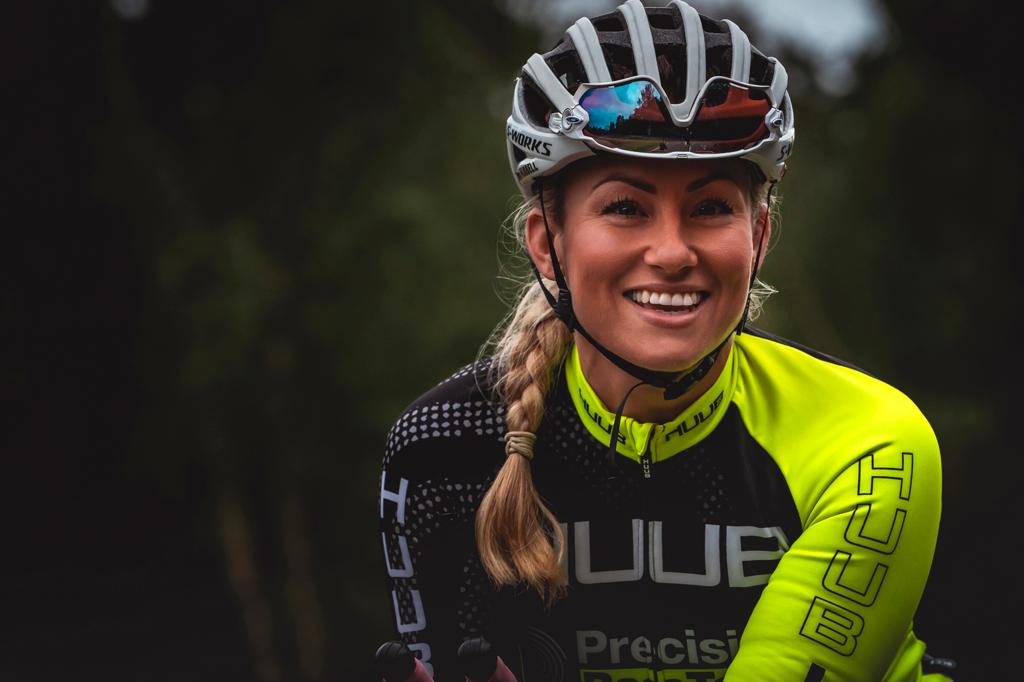
For 2019, Cetaphil is the OVO Energy Tour of Britain Points Jersey Partner, proudly sponsoring the points jersey awarded to the most consistent finisher at Britain’s biggest and most prestigious cycling race.
The OVO Energy Tour of Britain 2019 started in George Square in Glasgow on Saturday 7 September and finished in Deansgate in Manchester city centre on Saturday 14 September.
Raya is a Cetaphil Ambassador and cycling coach as previously mentioned who as part of celebrating this event, shared some tips included below.
I sat down with Ellie and had a little chat to come up with some tips if you’re looking to take your riding skills from commuter to competitor. I’ve also mixed in Raya’s tips covering everything from nailing your nutritional know-how, to keeping motivated through fitness apps, right down to how to protect your skin.
1/ Where To Start With Your Cycling Journey
Whether you’re currently cycling for fitness or competitions, understanding the intensities, pressures and physiological demands that are placed on your body are key.
It’s important to never compare yourself to others, but instead set out your own plan of how to increase fitness and tone your body, helping set yourself up to compete or train correctly.
Prioritising routine is also an important step; waking up at the same time every morning to train or exercise will help introduce this into your life and release endorphins setting you up for a great productive day.
2/ Invest In Cleats and Clip-In Pedals
Using cleats and clip in pedals allows you to work on your pedalling efficiency; you can pull up as well as push down. Watt bikes are great for the visual representation of this so are a useful tool to use in training if you can’t get outdoors on your own bike.
If you’re on your bike though, you’re looking for consistent tyre noise to identify pedal efficiency. Keep an eye on your bottom bounce; this shouldn’t happen until you’re at a really high cadence, or even not at all if your pedalling technique is really smooth.
When pedalling, make sure you “pedal in circles (from the hips) rather than pedalling in squares by pushing down”. Focus on drawing a circle with your foot for each revolution.
Read More:
THE BARE ESSENTIALS FOR ROAD CYCLING
3/ Get A Bike Fit
Now this one I argued due to the cost but Ellie insisted it was a must do. In any case, you should check that your saddle is not too high nor too low which can usually be spotted through hip movement.
When sat on your bike with the pedal at the bottom, drop your heel and there should be a slight bend in the knee. When cycling, your hips should not be rocking; if you need to, get a friend to look at you while you cycle.
Also, when in drops (on the low handlebars – I did have to ask Ellie to clarify this, lol) – when you look down your axel should be hidden behind the handlebars.
4/ Where To Start With Cycling Training

Fitness apps such as Wahoo Fitness will help with recording and monitoring your training, whereas Strava will track fitness and allow you to plot your routes so you can share your training with others, encouraging healthy competition to reach your goals.
Most importantly you need to learn to listen to your body. When it feels as though you need a break, take one. Rest days are just as important as training days as the body only improves and adapts when taking a break, so ensure you have at least one a week.
5/ Vary Your Training
I first put it to Ellie to give me an overview of what your training should look like on 3 sessions per week. She told me to get in 1 long ride (at a steady pace), 1 hard interval session (e.g 3 minute intervals, this will help with hills) and 1 “sweet spot” training session.
I hear you. What is sweet spot training?!? This is a longish ride with tempo efforts. E.g 2 x 20min effort with a 5 min recovery in between. Progressing to 3 x 10m efforts at a higher tempo. Add on 10 min warm up and cool down.
Then I thought, actually, realistically, what if we could only fit in one session per week?! Which of these is the must do session?! It’s that sweet spot session of course. With some sprint work added in.
6/ How To Stay Motivated
If cycling for pleasure, find new routes and explore the countryside. It’s a great way to see the world.
When training, find partners, as cycling with others will help add fun to your training and most importantly keep you motivated to continue. The social side of cycling is a key reason many get involved with the sport, so don’t forget this when setting off to train.
Healthy competition with others and yourself is good for you and will help you notice improvement faster. If you don’t have others to train with, pick a stretch to regularly train on and try to beat your time on that route.
7/ How Do I Make My Bike Go Faster
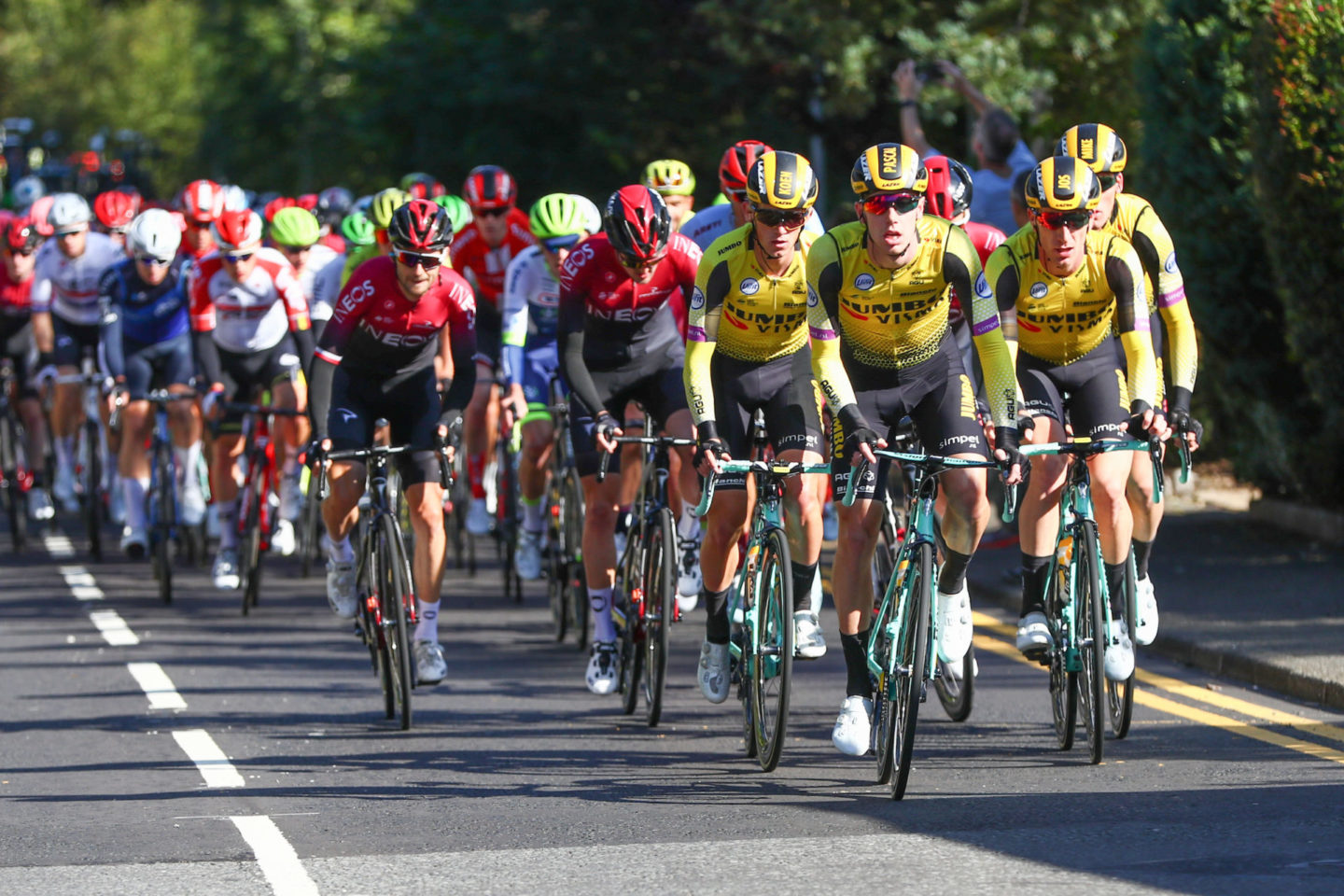
…like, is that possible?! Ellie suggested checking that your brakes are not rubbing and are running smoothly. Get the best tyres you can afford and ensure you keep them pumped up. Check your tyres regularly for flints and other debris that can cause punctures.
8/ How Do I Look Extra Cool
After attending the London Bike Show and riding with some people who were too cool for school, I had to ask Ellie if the tips I picked up were considered cool.
Did you know there is no need to have / keep caps on your valves?! No, me neither. Oh and those reflectors?! I guess they’re not needed in a race (and Ellie says they’re just extra weight!!).
No bell. You’re racing now, not commuting.
Always carry a puncture repair kit and carbon dioxide canisters; use rear lights and keep them on; make sure you wear a helmet (but you don’t need the visor thing, this is more cool wisdom). Get a good saddle (some stores will lend you saddles to try before you buy) and a good pair of padded shorts.
9/ Nailing Your Nutrition
Eating properly before any type of cycling could make the difference between riding your best or running out of steam.
If competing, ignore that pre-race anxiety knot in your stomach that stops you from feeling hungry, if you are planning to be on the bike for a while the body needs to convert food into energy.
If you have no stored carbohydrates or depleted fuel stores you may feel like you’re hitting a wall when training or during a race.
Carbs can come in the form of grains, fruit and vegetables, so it is key to fuel up, but ensure to reduce your fat intake as this can inhibit the conversion of your carbs to energy.
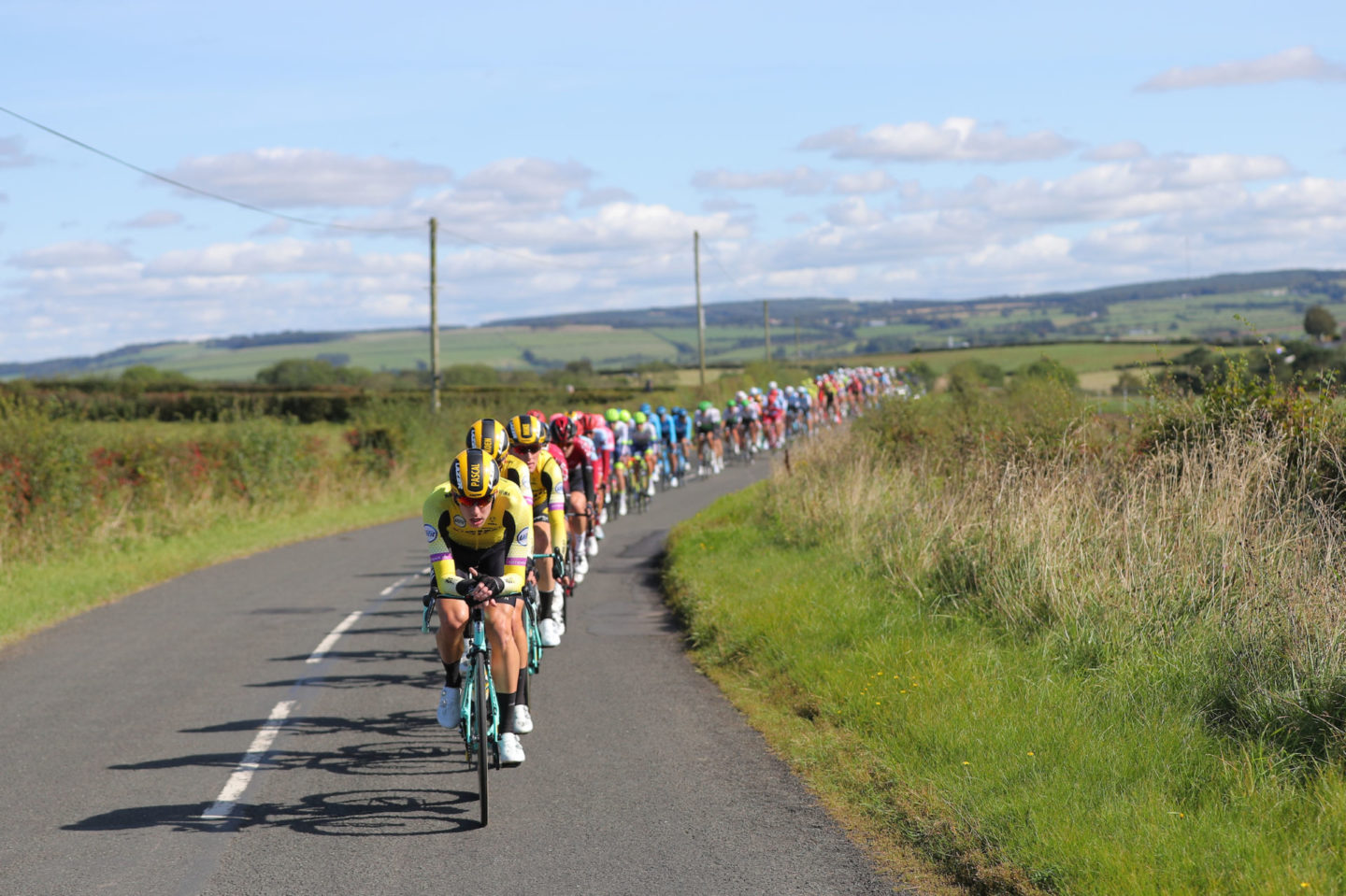
10/ Feeding Yourself While Cycling
Ellie recommends Nutrigrain bars or Nature Valley bars; have one of these every 45 minutes to keep energy levels up. You don’t need gels, she says. We don’t need gels, people.
Keep yourself hydrated by drinking 500ml per hour. This can be water or to make your own electrolyte drink water down fruit juice with a pinch of salt.
11/ Think About Your Skincare
Whether you’re cycling for pleasure, fitness, or sport, ensuring you’re comfortable will aid your performance and enjoyment, and being comfortable in your skin is a good place to start.
Having a set skincare routine will help ensure your largest organ, the skin, is as well conditioned as the rest of your body when following a set training plan.
Cycling can take its toll on your skin, which can easily dry out in harsh weather conditions. After every training session I use Cetaphil Moisturising Lotion to ensure my performance is never hindered by dry skin.
The Cetaphil Gentle Skin Cleanser is always in my sports bag to clean off sweaty residue and dirt after a race or training session. Training for a triathlon can involve swimming in chlorinated pools or lake water. A good post workout cleanse is so important to clean the skin and wash away any impurities.
Even if outdoors for a short time or a lengthy training session, it’s key to wear SPF, helping avoid sun damage. Cetaphil’s Daily Defence facial moisturiser is a great every day moisturiser with SPF50+ that absorbs quickly and hydrates the skin while protecting it from the elements.
Voila people! Voila! ….Feeling like a pro yet?!
What training tips do you have to share for cycling?
Elle
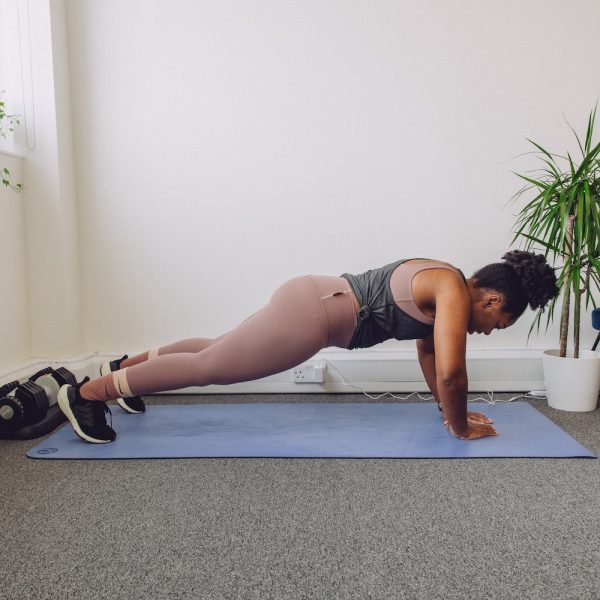
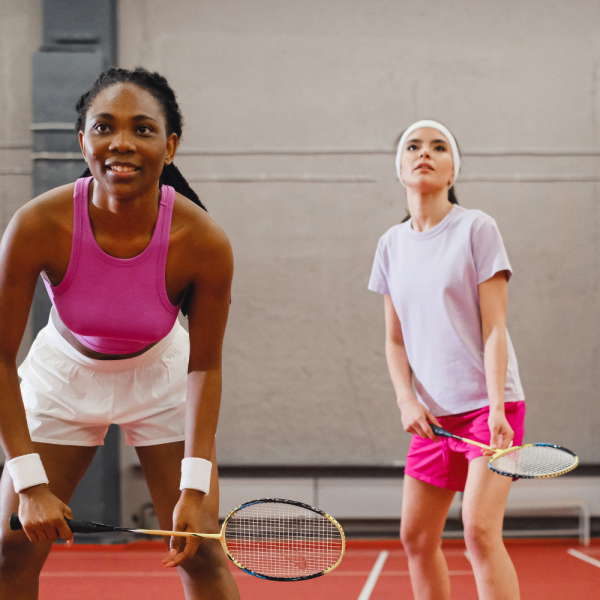
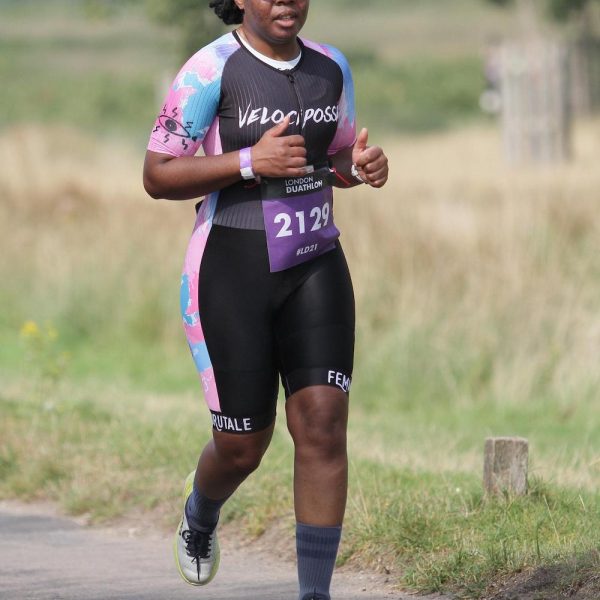
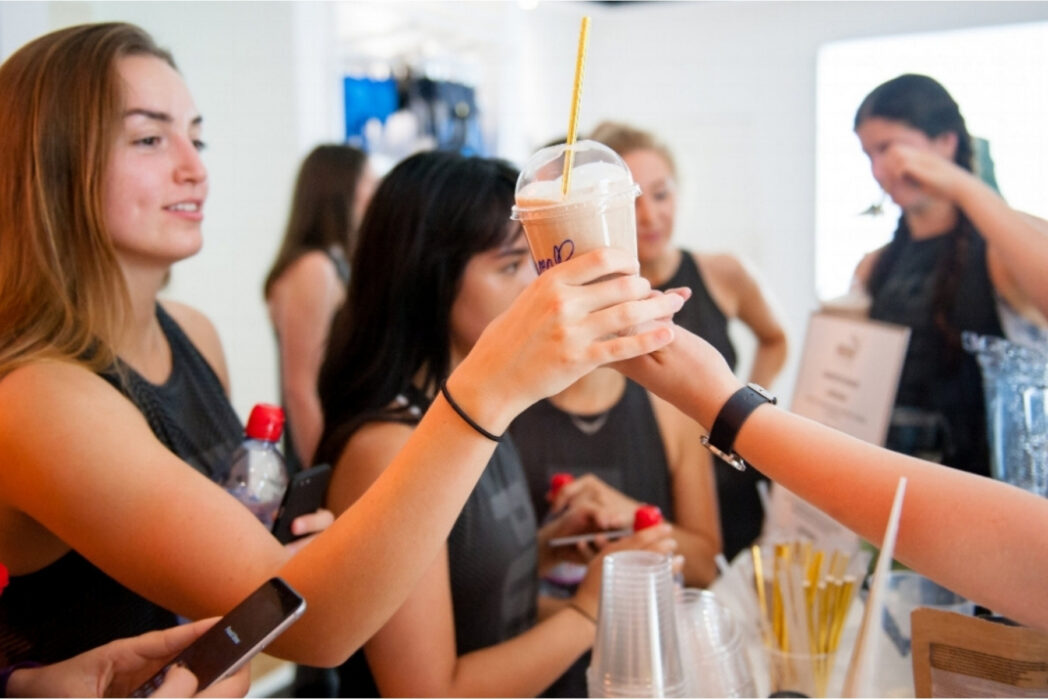


Leave a Reply